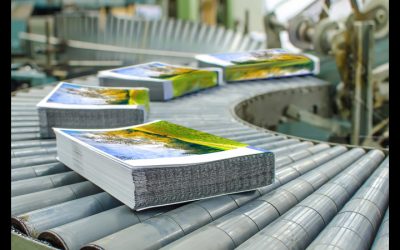Metal laser cutting machines have been an integral part of metalworking for decades. However, it is the latest in a long line of innovative processes that utilize the concept Gordon Gould dubbed Light Amplified by Stimulated Emission of Radiation (LASER) in 1959.
Origins
It is impossible to speculate that Max Planck would be able to foresee the ramifications of his theoretical deductions. Back in 1900, he proposed a relationship between energy and the frequency of radiation, which described emission in the form of chunks. Albert Einstein later extrapolated on this thesis in both his own 1905 Nobel Prize winning theory on the photoelectric effect as well as his 1917 theory on stimulated emission. From these misty origins came the idea for Gould’s lasers, which would go unrealized for over 40 years.
An Industry Born
The year 1960 saw the first laser constructed and used, its power described in terms of Gillettes after the number of razor blades it could cut through successfully. Within seven years, the Western Electric Engineering Research Center used the first laser to assist in an oxygen jet cutter in cutting through steel sheets. The technology has refined over the decades since that first laser saw use in metalworking. For example, instead of mirrors, current metal cutting laser machines tend to use fiber optics. As well, they are now driven by Computer Numerical Control (CNC) machines operating off CAD vector drawings.
A Bright Future
In a short few decades, laser cutting has come to be the standard for most industrial metalwork. The method’s precision and high-quality output is unparalleled compared to traditional methods. It would seem that the process will continue to be refined in coming decades. Again, technologies might shift, but the core processes will remain similar. Innovations arise most often in the devices we use, after all. Metal laser cutting machines will be with us through the near future.
An Engineered Refinement
Metalworking remains a vital industry to this day. The optimal methodology for performing the tasks still revolve around engineers or designers refining a CAD model and then having an automated system implement that model. Although the theories behind the forty-year-old industry are over 100 years old, their product is still a vital piece of industry. There seems to be no signs suggesting laser cutting will cease to be the industry standard in the coming decades.
Like us on Facebook for more updates!

